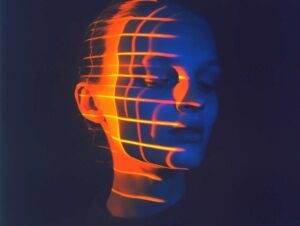
Sam Altman’s Worldcoin has announced the integration of a new face authentication feature for its World ID users that aims to bolster security by enabling a one-to-one facial comparison between a user’s selfie taken on their phone and the images initially captured by Worldcoin’s biometric device, known as the Orb. Previously, the platform relied on iris recognition as its method of biometric identity assurance, with the Orb’s primary function being to scan users’ eyes.
The face authentication process is meant to further ensure that only the authenticated individual can perform transactions and access their World ID. By storing photos and Orb images locally on the user’s device, Worldcoin aims to enhance privacy while providing quick and secure authentication.
The introduction of face authentication aligns with Worldcoin’s broader mission to create a reliable and secure digital identification system in an era where advancements in artificial intelligence make it increasingly challenging to differentiate between human and machine-generated content. The technology seeks to offer a more accurate verification method compared to existing solutions like Apple’s Face ID, addressing issues such as identical twins potentially bypassing facial recognition security.
Following the announcement, Worldcoin’s native token, WLD, experienced a significant increase in value. The company continues to expand its services, including the recent completion of a cross-platform bridge to launch the World ID solution on the Solana network, allowing developers to integrate World ID into Solana-based applications.
Worldcoin has been dealing with it’s share of controversy in recent months. Most recently, it is facing increased scrutiny in Singapore over concerns regarding account sales and the use of biometric data for identification. The Monetary Authority of Singapore and the Personal Data Protection Commission (PDPC) have both raised concerns, with the latter emphasizing the need for robust protections around the collection and use of biometric data, particularly iris scans.
–
September 20, 2024 – by Tony Bitzionis








Follow Us